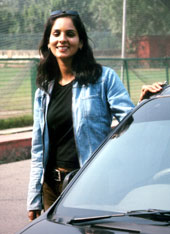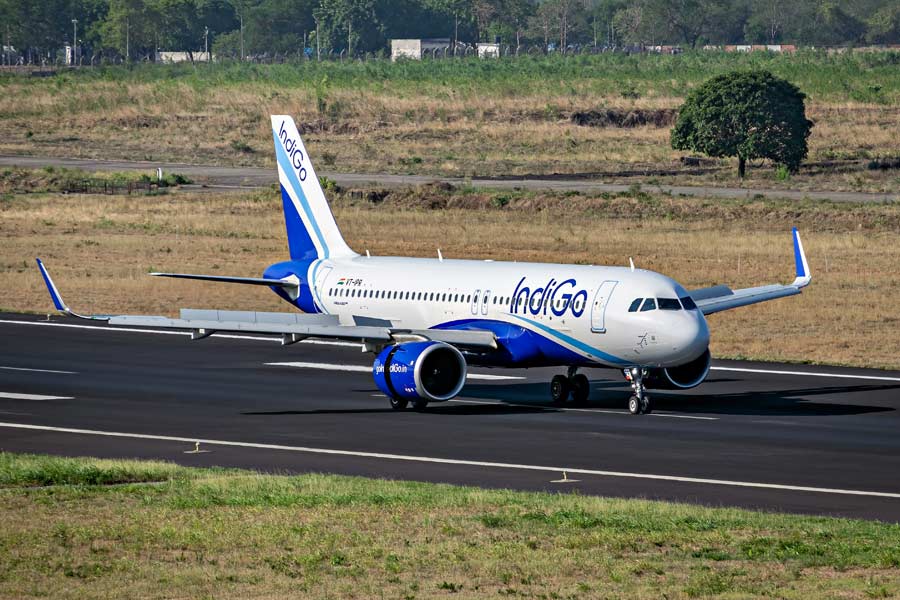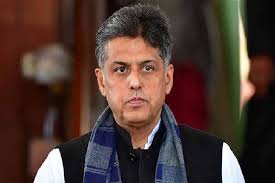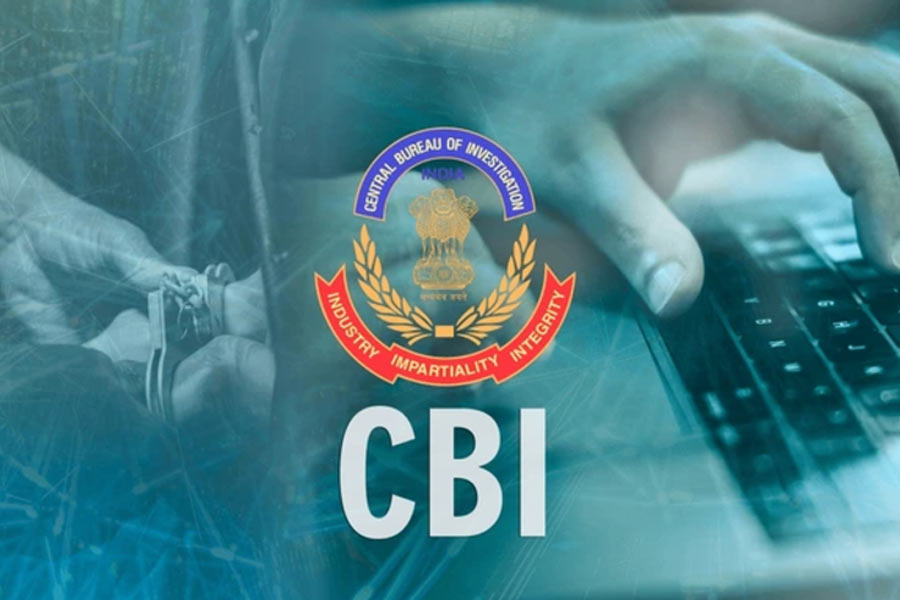 |
 |
| ON THE ROAD: Sehrawat with her service team at the Raid de Himalaya rally earlier this month |
It takes a fair bit of persuasion to get Sarika Sehrawat to pose alongside the black Maruti Alto that she has driven up in a few minutes ago. “I am sorry I couldn’t bring my Gypsy, the battery went dead this morning. But please don’t print my picture with this car...,” she pleads, flashing an embarrassed smile, even as the shutter clicks away.
While most urban Indian women would love the idea of being photographed with the car they drive, Sehrawat clearly has her preferences. And there’s good reason for it. The 27-year-old professional woman car rallyist from Gurgaon is the only car rallyist in India who dares to burn rubber on the gravel alongside men, in a sport that is traditionally perceived as a ‘male thing’. And while she sticks to her air-conditioned Alto to cruise around the city, the rally-ready Gypsy ? currently being serviced for the forthcoming Delhi round of the Indian National Rally Championships ? remains her first choice while kicking dirt out in the open.
To be sure, Sehrawat is not a pioneer among women when it comes to revving up a souped-up engine. In the past, Navaz Bathena and Rupa Ganguly have been prominent names in the Indian rallying circuit. But they didn’t look to rallying as a bread-and-butter option. Besides, most women rallyists restrict themselves to rallying in the time-speed-distance (TSD) format, which is navigation-oriented and far less hazardous than stage rallying, where speed is all that matters, irrespective of ground conditions. “TSDs are for amateurs, actually,” says Sarika with a disdainful laugh. “It’s all kids’ stuff, considering the maniacal way in which we drive.”
The words reek with attitude which, for once, is not baseless. Earlier this month, Sarika participated in the Maruti Suzuki Raid de Himalaya, by far the most arduous stage rally event held in India. She finished a respectable 12th in the open category, and ? needless to say ? came tops among the handful of women who took part. It was enough to grab the attention of team officials at the motor sports division of JK Tyre. “If all works out well, I will be driving for their team next year. That would be great,” she says.
Sehrawat’s tryst with automobiles began nine years ago when her sister Priyanka taught her driving. “It’s quite ironic, because she later became my navigator on a few rallies,” says Sehrawat. In 2002, as she was completing her MBA after graduating in commerce from New Delhi’s Venkateswara College, Sehrawat took to the track for the first time. An autocross event ? which takes place over a designated track in a closed circuit ? was happening at Noida on the capital’s outskirts, and Sehrawat decided to take their family car, a Maruti 800, to the starting grid.
“I had no experience in racing, and yet I finished a close second to someone driving a race-ready car,” she remembers. “In a flash, the Maruti Motorsports people scooped me up for their racing team. I was lucky to get such a good head start.”
Though she didn’t have to struggle in order to make her initial mark in the motorsport circuit, Sehrawat soon had to walk out of the Maruti umbrella to fend for herself. “Maruti’s company policy had changed and all of a sudden, it made more sense to compete as an individual,” she says.
It was also the phase of her career when she veered away from racing to focus on rallying. “I love to go flat out on an unknown track in the middle of nowhere,” she says. “Tackling an unfamiliar terrain is much more exciting than driving your car round and round a monotonous track,” she says.
Of course, going solo meant having to knock on sponsors’ doors for money. The exercise, tough as it was, gave Sehrawat an idea of the subliminal gender bias that ruled motor sports. “People somehow felt less confident about giving me money,” she remembers.
Besides, there was a social aspect to it as well. She was often struck by odd remarks at social gatherings when people heard that she was a rallyist. “They thought I was just going about smashing cars,” she says.
Thankfully, her family stood by her through thick and thin. “My parents were very supportive,” says Sehrawat. “There was a time when I would damage our family cars at will, but they never dampened my spirits. About six months ago, I quit my job in sales in a private medical insurance company to devote all my time to rallying. And my mother didn't complain,” she smiles.
If her parents were accommodative about Sehrawat’s venture, her brother Deepak went a step further by becoming her service manager. These days, while Sehrawat steps on the gas in sundry rallies across India, Deepak ? a lawyer by profession ? heads a two-car servicing team to maintain her car during and in between stages of the rallies. “She is an intelligent girl but tends to be under pressure at times, especially when she loses time because of mechanical problems,” says Deepak. “Under such circumstances, my job is not only to take care of the car but also to determine the way she drives and the strategy she needs to follow while doing so.”
Rallying in the great wide open is fraught with its own perils. “During the Desert Storm rally in Rajasthan last year, I had been delayed because of an engine gasket that caught fire,” recalls Sehrawat. “Having replaced the gasket, we had to find our way to Bikaner in the dead of night. It was pitch dark, the stretch was forlorn and there wasn’t a soul around. It was a scary experience and made me think seriously about giving up rallying.”
Obviously, she didn’t. “Hazards are a part and parcel of rallying,” she notes. “And being a woman, I often run into incidents where local people try to intimidate me midway through a rally. It happened once during the Raid de Himalaya, and I was lucky to have an army convoy backing me up. Nevertheless, this is a small price to pay for the thrills of rallying.”
Staying inconspicuous in the public eye is another reason why Sehrawat prefers to use her Alto when driving around the city. “A rally car with stickers is bound to attract the attention of the city boys, who would then honk and try to race with me,” she says, her voice tinged with mischief. “It’s wholly avoidable, although I won’t say I have never taken up the challenge.”
Once, while on her way to the mechanic’s, Sehrawat indulged in an impromptu race session down the Delhi-Gurgaon stretch with a male driver. Coincidentally, they were headed for the same workshop and Sehrawat was the first to drive in. “The other car drove in soon, and the driver stepped out with a smile on his face,” recalls Sarika. ‘Ladki sahi chalati hai’, was all he said.”
Whether or not that was an honest admission from a male chauvinist Sehrawat doesn’t know. “But it was a compliment all right,” she says, before excusing herself with a smile and dashing off to the garage to oversee the servicing of her Gypsy. In the domain of rallying, it’s a cardinal sin to keep the mechanic waiting.
The world, instead, can wait.










